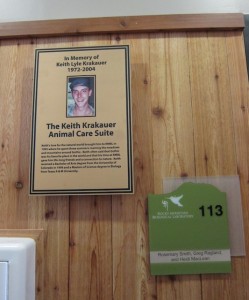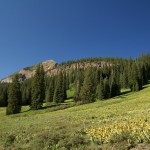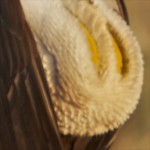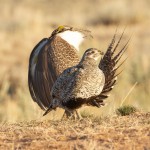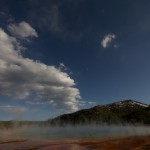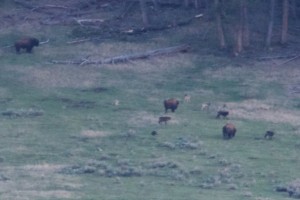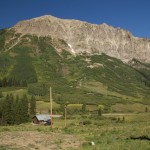 I recently had the chance to visit one of the premier field research stations in the world, the Rocky Mountain Biological Lab. RMBL is located in the old town of Gothic above Crested Butte, Colorado, well over 9000 feet up in the Rockies. RMBL boasts one of the longest running sites for remote research in North America, and hosts a large number of researchers studying many different aspects of high elevation ecology.
I recently had the chance to visit one of the premier field research stations in the world, the Rocky Mountain Biological Lab. RMBL is located in the old town of Gothic above Crested Butte, Colorado, well over 9000 feet up in the Rockies. RMBL boasts one of the longest running sites for remote research in North America, and hosts a large number of researchers studying many different aspects of high elevation ecology.
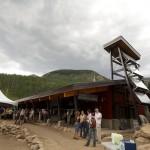 We were there for the opening of their new research building, the Gothic Research Center. I had a personal connection to this event, as my uncle John helped fund the construction of this building in honor of my cousin Keith who passed away a few years ago. Keith had spent several summers as a field technician there, and RMBL became one of his favorite places. His interactions and experiences at RMBL led him to pursue graduate work in biology. We felt this was a great way to honor Keith’s memory, and were thrilled to hear how excited the research staff was to take advantage of the new building.
We were there for the opening of their new research building, the Gothic Research Center. I had a personal connection to this event, as my uncle John helped fund the construction of this building in honor of my cousin Keith who passed away a few years ago. Keith had spent several summers as a field technician there, and RMBL became one of his favorite places. His interactions and experiences at RMBL led him to pursue graduate work in biology. We felt this was a great way to honor Keith’s memory, and were thrilled to hear how excited the research staff was to take advantage of the new building.
The next morning, Dan Blumstein let us tag along so we could see more of the area around RMBL. Dan studies yellow-bellied marmots, and was checking various far flung colonies to see whether any marmots were inhabiting them this year. It was kind of a down year for the marmots, so some of the previously-inhabited areas were no longer inhabited. Dan is interested in the metapopulation dynamics- for example how long do these populations persist, and how often are these sites recolonized by new animals? (Dan is interested in a lot of other things too in the realms of evolutionary biology, animal behavior, and conservation, including sensor arrays, and we’ve actually collaborated on a paper that came out of an NSF-funded workshop that he organized.) Dan’s free program JWatcher is a very useful tool for quantifying behavior from video records of animal behavior.

